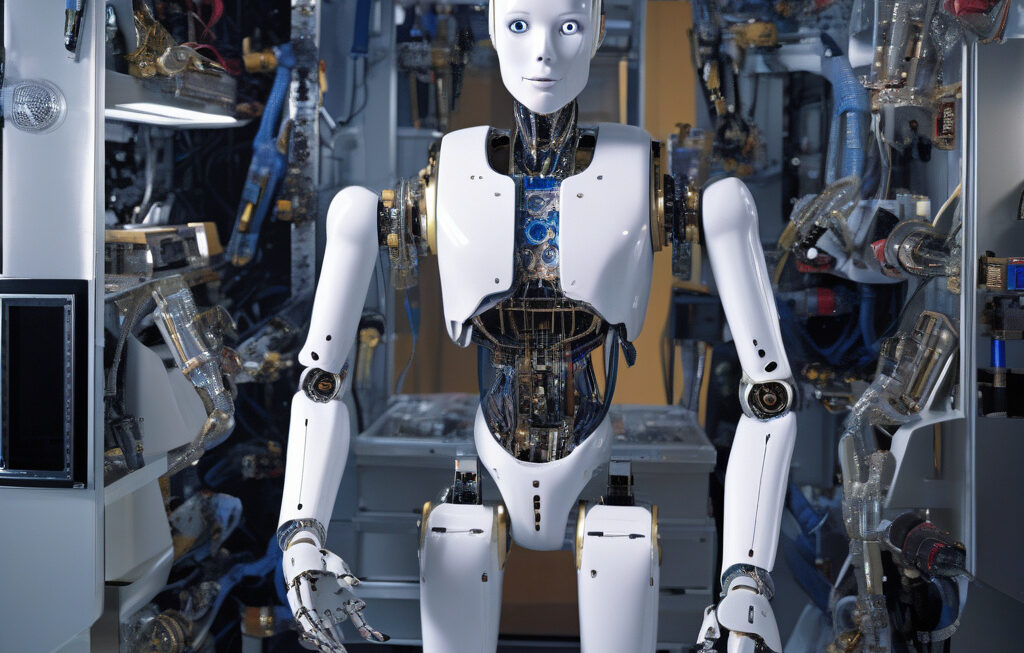US Engineers Develop Self-Healing Robot Skin: A Game-Changer in Robotics
If you’re anything like me, you’ve grown up on a big dose of sci-fi films where robots are equipped with futuristic capabilities that always seemed too good to be true. However, the line between science fiction and reality is blurring as a team of US engineers has recently developed a groundbreaking technology that could revolutionize the field of robotics as we know it. This innovation comes in the form of self-healing robot skin that not only detects damages but also autonomously seals and resets itself, mimicking the remarkable regenerative abilities found in living organisms.
The concept of self-healing materials is not entirely new, with researchers exploring various applications in industries such as aerospace, automotive, and electronics. However, the integration of this technology into robotics opens up a realm of possibilities for creating more durable and resilient machines. The team behind this breakthrough, led by Professor Michael Dickey at North Carolina State University, drew inspiration from biological systems to develop a flexible skin that can sense when it has been cut or punctured.
So, how does this innovative self-healing robot skin work? The key lies in the integration of multiple layers, each serving a specific function in the healing process. The bottom layer contains a stretchable, ionically conductive material that acts as a self-healing electrode. When the skin is damaged, this layer helps to detect the location of the injury by measuring changes in electrical signals. On top of this, a self-healing polymer layer is incorporated, which is capable of autonomously mending small cracks or holes within seconds.
One of the most impressive features of this self-healing robot skin is its ability to “reset” after sustaining damage. This means that once a cut or puncture has been repaired, the skin returns to its original state, ready to face potential threats again. This capability is particularly valuable in robotics applications where machines are exposed to harsh environments or unpredictable conditions.
The potential applications of this technology are vast and diverse. From enhancing the durability of robotic prosthetics and exoskeletons to improving the safety and reliability of autonomous vehicles and drones, the self-healing robot skin could pave the way for a new era of resilient and adaptive machines. Imagine a future where robots can self-repair minor damages on the go, without the need for human intervention, ensuring continuous operation and minimizing downtime.
While the development of self-healing robot skin marks a significant milestone in the field of robotics, there are still challenges to overcome before this technology becomes mainstream. Issues such as scalability, cost-effectiveness, and long-term durability need to be addressed to ensure practicality and feasibility in real-world applications. However, the initial success of this innovation signals a promising future for self-healing materials in robotics and beyond.
In conclusion, the creation of self-healing robot skin by US engineers represents a major leap forward in the quest for more resilient and adaptive machines. By drawing inspiration from nature and harnessing the power of self-healing materials, this technology has the potential to transform industries and redefine the capabilities of robotics. As we witness this convergence of science fiction and reality, one thing is clear – the future of robotics is looking brighter and more self-reliant than ever before.
self-healing, robot skin, robotics, innovation, engineering












